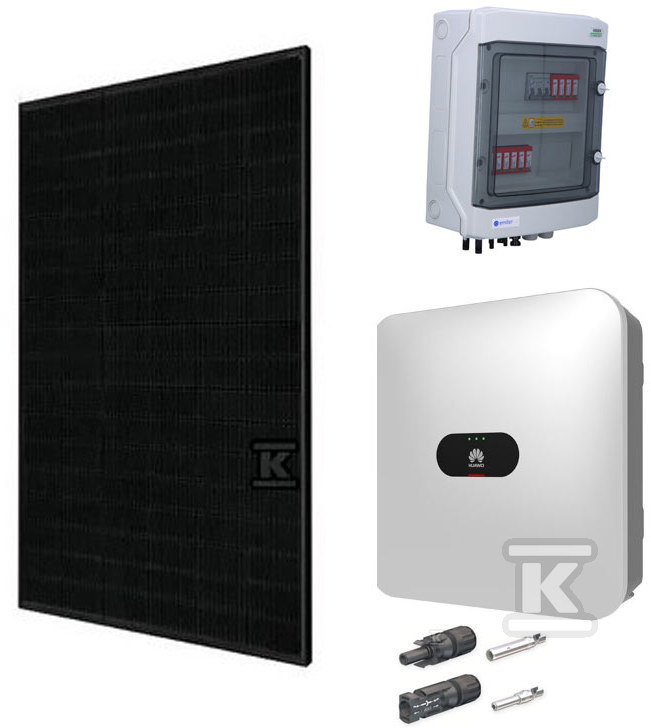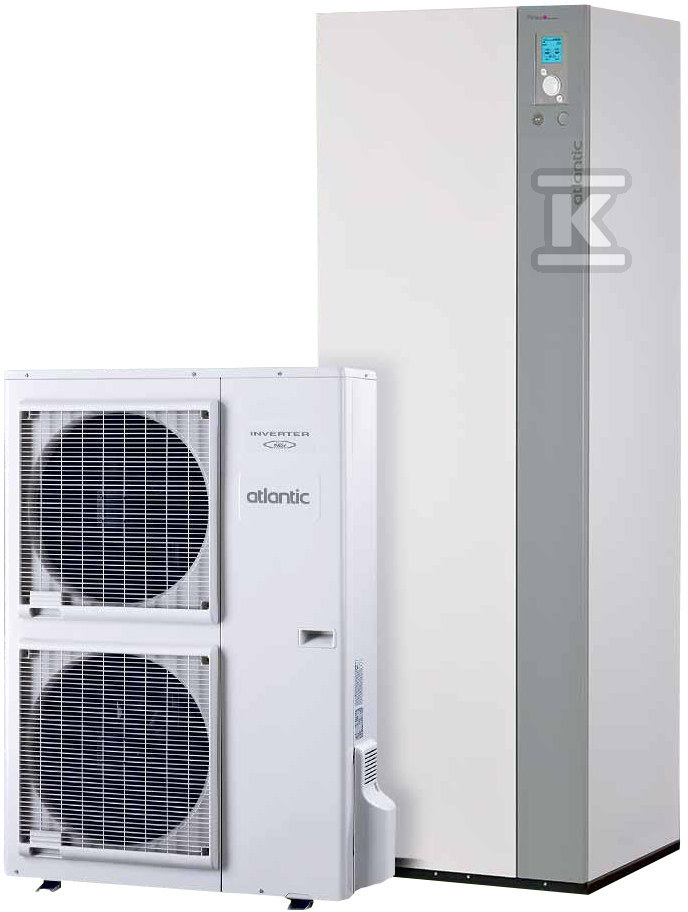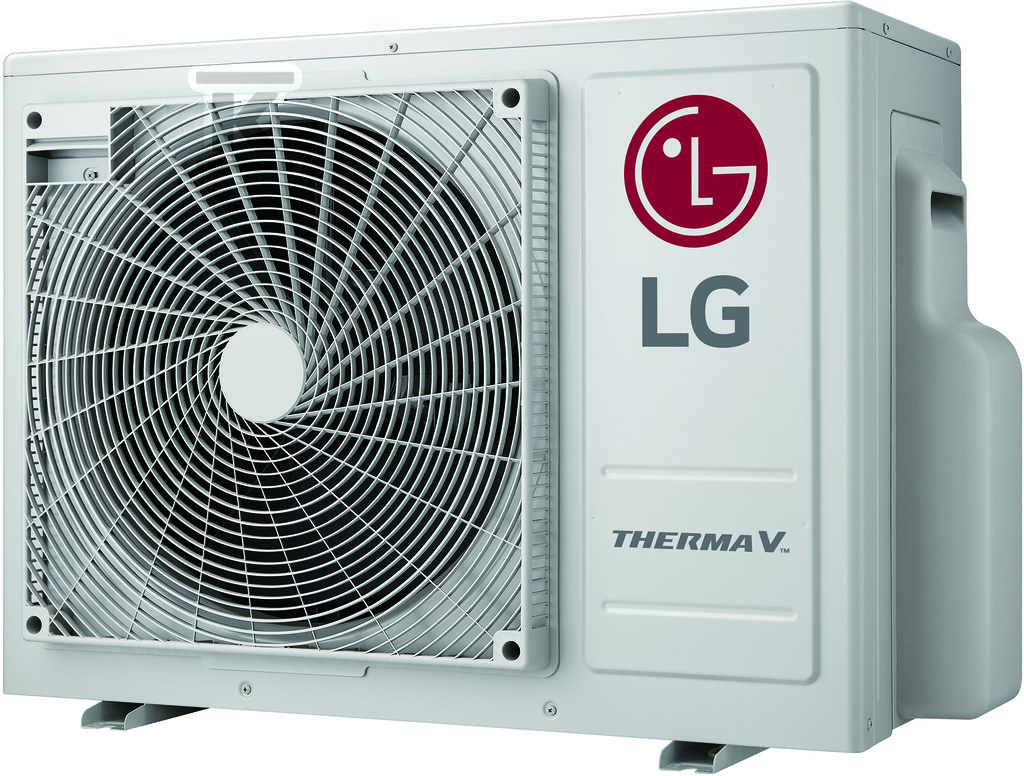Home and commercial users who want to effectively reduce electricity consumption and limit greenhouse gas emissions into the atmosphere currently have a variety of modern and efficient solutions to choose from. The basic stage of the revolution is to replace or modernize devices and installations. As part of these activities, cogeneration systems are increasingly being implemented. They allow for the simultaneous production of heat and electricity, which significantly increases energy efficiency. Learn what cogeneration is and examples of home and industrial applications.

Check out the heat pumps at the Onninen wholesaler
What exactly is cogeneration?
Cogeneration (CHP, from combined heat and power) means the simultaneous generation of electricity and heat during a single technological process. Compared to the separate generation of electricity and heat in a classic heating plant, the implementation of cogeneration brings large economic savings and contributes to the protection of the natural environment - mainly due to lower fuel consumption and the use of biofuels.
 Heat that is wasted in traditional power plants is put to useful use here. Specially designed steam turbines operate in the cogeneration system. They release low-pressure steam after it has passed through the turbine stages or to the final exhaust in a backpressure system. The steam, even after it has been used in the heat exchange process, can still be used to produce electricity.
Heat that is wasted in traditional power plants is put to useful use here. Specially designed steam turbines operate in the cogeneration system. They release low-pressure steam after it has passed through the turbine stages or to the final exhaust in a backpressure system. The steam, even after it has been used in the heat exchange process, can still be used to produce electricity.
In the European Union, about 11% of electricity is generated from cogeneration systems. Cogeneration is a cornerstone in the ongoing process of decarbonizing the economy. Europe is currently focusing on promoting electricity from cogeneration as a technology that contributes to increased energy efficiency and reduced greenhouse gas emissions.
What are the financial benefits of using cogeneration?
Effective energy management, including through the installation of a cogeneration system, is a way to truly reduce costs. Thanks to large, highly efficient cogeneration, it is possible to produce electricity and hot utility water for industrial plants and even entire municipalities. Companies of any size and from any industry can significantly reduce their electricity bills (even by 30% compared to traditional methods), which translates into the optimization of operating costs.
 Companies that produce their own energy become less dependent or even completely independent from external suppliers, and consequently from the drastically rising prices of electricity from the grid. Therefore, the expense of a cogeneration system should be treated as an investment that always pays off. Experts estimate the payback period to be around 3-4 years. In the case of low-power cogeneration systems, this period is on average 3 to 7 years.
Companies that produce their own energy become less dependent or even completely independent from external suppliers, and consequently from the drastically rising prices of electricity from the grid. Therefore, the expense of a cogeneration system should be treated as an investment that always pays off. Experts estimate the payback period to be around 3-4 years. In the case of low-power cogeneration systems, this period is on average 3 to 7 years.
When writing about financial benefits, it is worth mentioning that the National Fund for Environmental Protection and Water Management (NFOŚiGW) has been allocating funds for investments in cogeneration under various programs for years. The ongoing program "Cogeneration for Energy and Industry" provides for huge subsidies, covering up to 65% of investment costs. Applications will be accepted until December 19, 2025.
Examples of cogeneration in domestic and industrial construction
Both scientific institutions and private investors see the potential in cogeneration. Work is currently underway (including by the Warsaw University of Technology in cooperation with private entities) on the use of micro-cogeneration in home construction. A device powered by natural gas is to be responsible for the production of electricity and heat, and ultimately – by hydrogen.
 This technology is already used in the industrial sector. Micro-cogeneration is a real opportunity for small production plants to increase energy efficiency, reduce CO2 emissions and lower operating costs. Educational institutions (including universities) are increasingly choosing cogeneration systems due to the very high demand for both heat and electricity, while at the same time there is a need to constantly search for ways to reduce electricity consumption and reduce the negative impact on the environment.
This technology is already used in the industrial sector. Micro-cogeneration is a real opportunity for small production plants to increase energy efficiency, reduce CO2 emissions and lower operating costs. Educational institutions (including universities) are increasingly choosing cogeneration systems due to the very high demand for both heat and electricity, while at the same time there is a need to constantly search for ways to reduce electricity consumption and reduce the negative impact on the environment.
In industry, the potential of cogeneration results from the possibility of producing various media, including steam with precisely adjusted parameters to the needs or so-called chilled water in the summer season. The polygeneration system, i.e. producing electricity, heat, steam and cold, was first implemented in Poland by the well-known juice producer Tymbark-MWS.
We invite suppliers and installers of renewable energy sources (RES) and other professionals to familiarize themselves with the offer of the Onninen electrical wholesaler. Heat pumps and photovoltaics are the two main product groups in our assortment. We supply ground and air heat pumps , photovoltaic sets, mounting structures for PV installations, photovoltaic inverters and numerous accessories. Onninen technical and sales advisors provide reliable support.